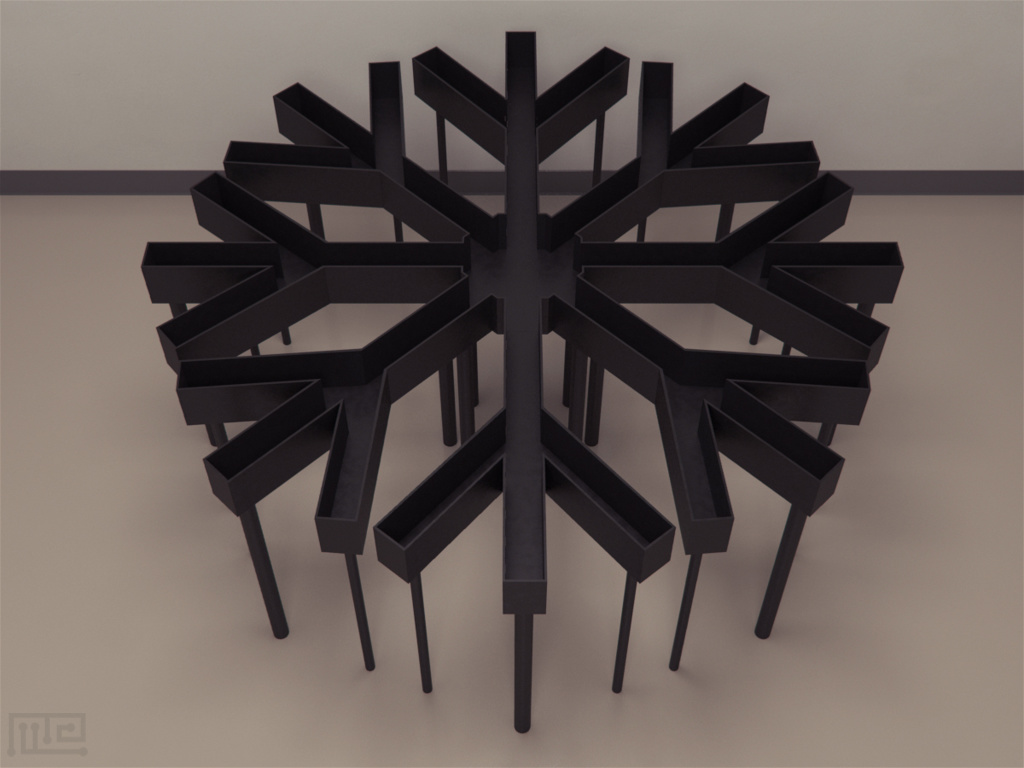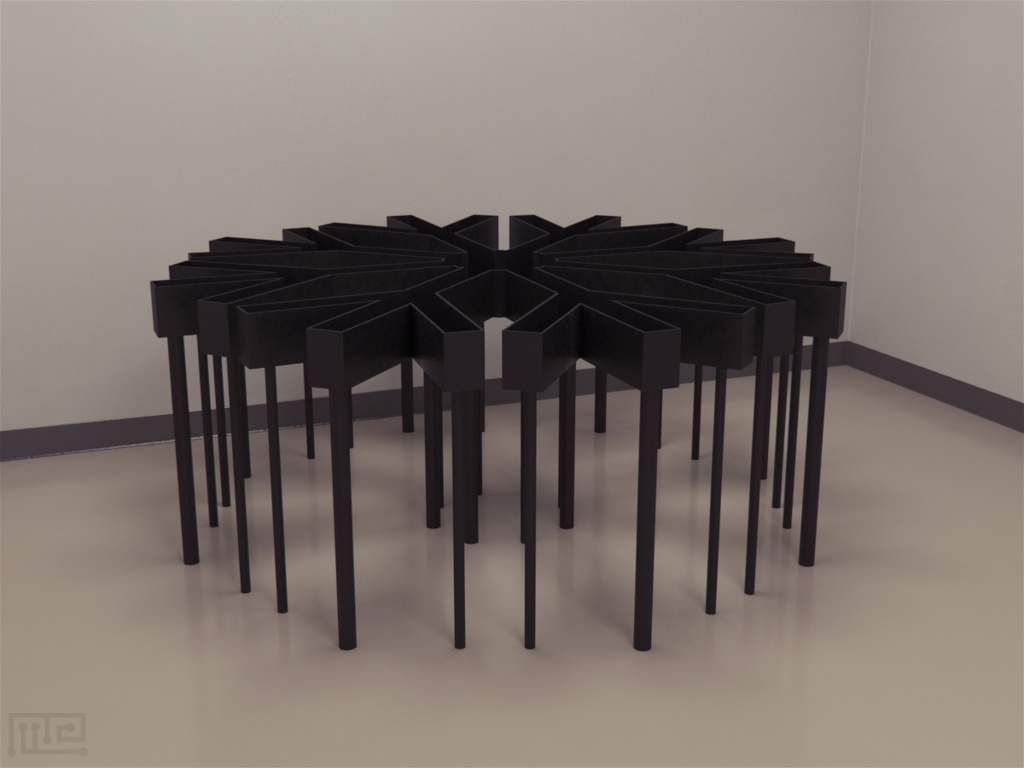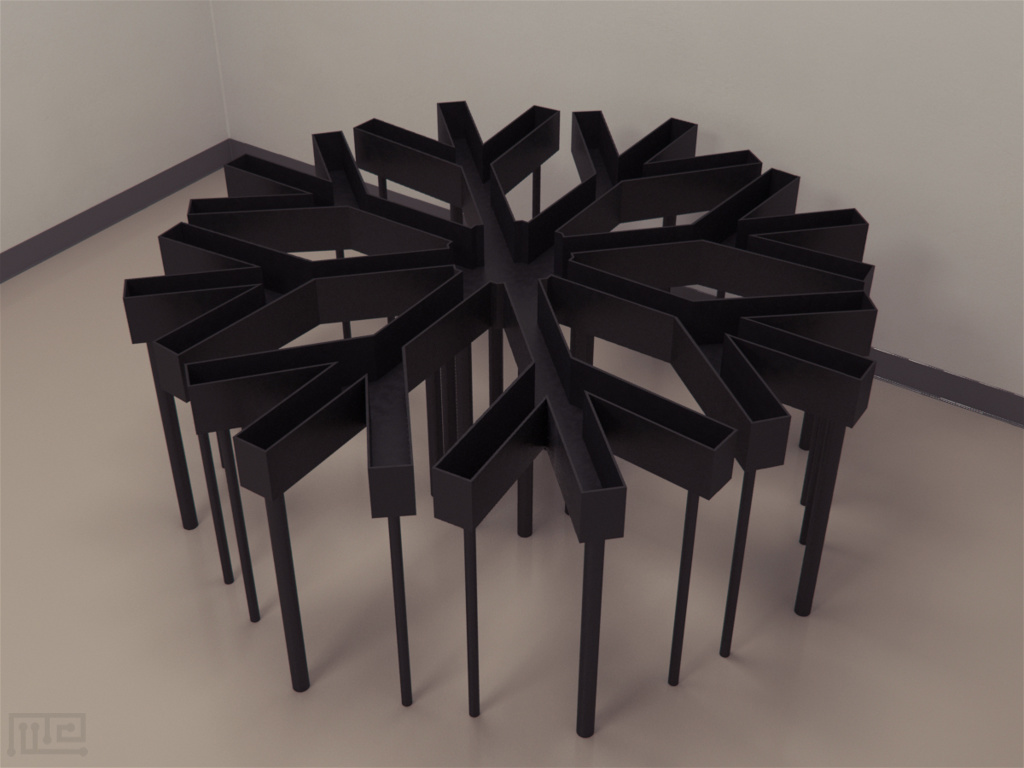A hierarchical maze is a type of maze used in behavioral neuroscience experiments to study learning and memory in animals, particularly in rodents. Unlike a simple linear maze, a hierarchical maze consists of multiple interconnected levels of increasing difficulty, where an animal must navigate through a series of challenges to reach a reward. The levels can vary in complexity, and each level must be completed before the animal can move on to the next one. This design allows researchers to study learning and memory processes as the animal progresses through the maze, and can provide insight into the mechanisms underlying spatial navigation and problem-solving abilities. The hierarchical maze is a powerful tool for studying cognitive and neural processes in animals and can be used to study the effects of various treatments, such as drugs or manipulations of the brain, on these processes.
The hierarchical maze was built as a result of an experiment carried out by Olton et al.(1979), to assess spatial memory in rats. The maze consists of a center platform with eight primary arms and three branching secondary arms at the end of each primary arm.
In the experimental procedure, by placing food at the end of each secondary arm, 24 different spatial positions were created in which rewards could be collected. Rats very rapidly came to collect all eight rewards with a very low level of repeating entrance into the same arm.
Mazeengineers offers a hierarchal maze for both mice and rats. Custom coloring and customization are available upon request.
Price & Dimensions
Mouse
$ 2890
+S&H- Center platform width: 20.4cm
- Central platform length: 8.4cm
- Length of arms prior to divergence: 30.1cm
- Length of arms after divergence: 20.8cm
- Width of arms: 5.2cm
- Secondary angles branch off primary angles at: 400
- Height of maze from above the ground: 40.9cm.
Rat
$ 2990
+S&H- Center platform width: 30.5cm
- Central platform length: 12.6cm
- Length of arms prior to divergence: 45cm
- Length of arms after divergence: 31cm
- Width of arms: 7.7cm
- Secondary angles branch off primary angles at:400
- Height of maze from above the ground: 61cm.



